Oil and Gas Ecology
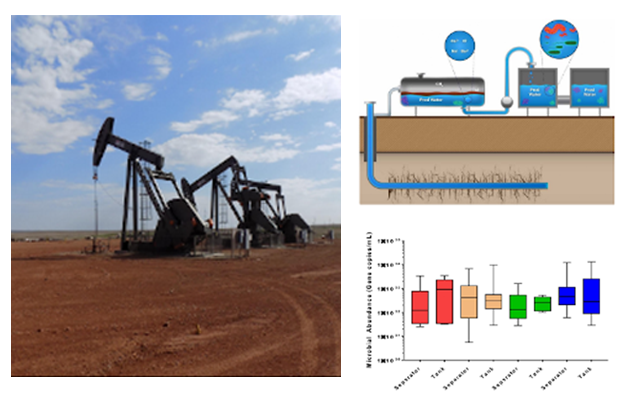
Evaluation of microbial abundance and composition patterns highlighted
elevated potential for biocorrosion and well fouling. Statistical assessment
suggested a link between biocide usage and microbial distribution.
Reconstruction and characterization of draft genomes provided insights into microbial processes in oil and gas environments
Methane-Cycling Microbiome in Permafrost
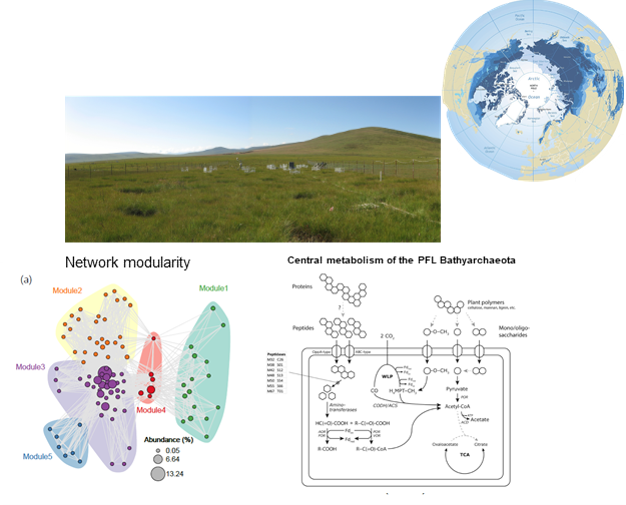
Taxonomic and functional profiling revealed high diversity of methane cycling microbiome residing in permafrost soil, with heterogeneous distribution patterns in active layer and permafrost. Diversity loss after excessive warming will lead to larger variability of production rate of greenhouse gas CH4 and CO2 from permafrost soils
Deep Biosphere

Specifically adapted laboratory and bioinformatic workflows allowed the reconstruction of microbial distribution patterns down to a depth of 230 m across this, difficult to work with, low biomass environment. Metagenomic genome recovery allowed the detection and characterization of CO2 utilizing methangenic and chemolithotrophic mcirroganismans. Statistical evaluation provided insights into microbial co-occurrence patterns and bio-geo interactions.
Biocide Resistance
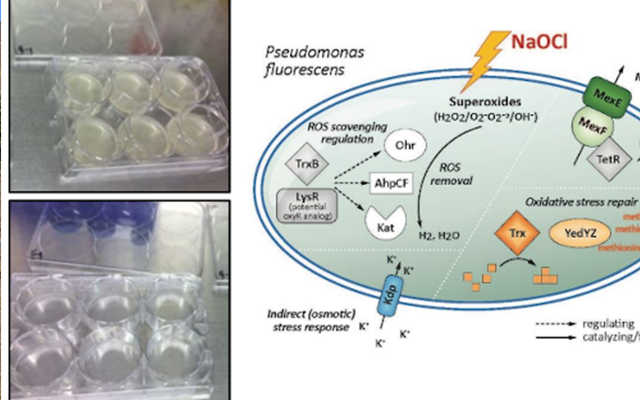
Differential expression analysis resulted in the identification of significantly upand downregulated genes in response to sodium hypochlorite. Following annotation of these genes, results were used to reconstruct cellular pathways which may be used by Pseudomonas biofilm cells to develop resistance to oxidative biocides.
Atacama Desert
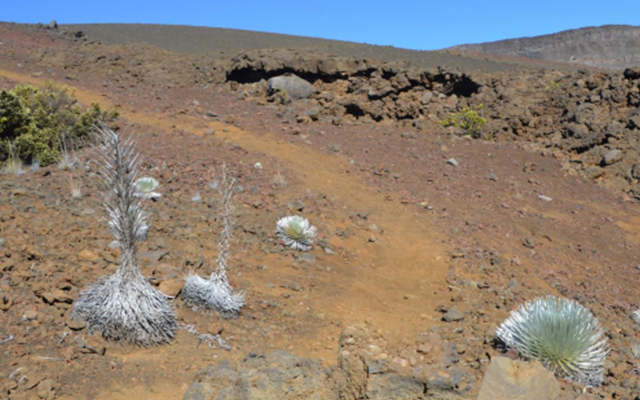
Evaluating the extracellular and intracellular DNA fractions in soil and rock samples from different Atacama desert locations, it was possible to identify highly adapted microbial species, investigate their response to extreme arditty and UV exposure, and gather important insights on microbial turnover in Mars like environments.
Nanopore Genome Sequencing
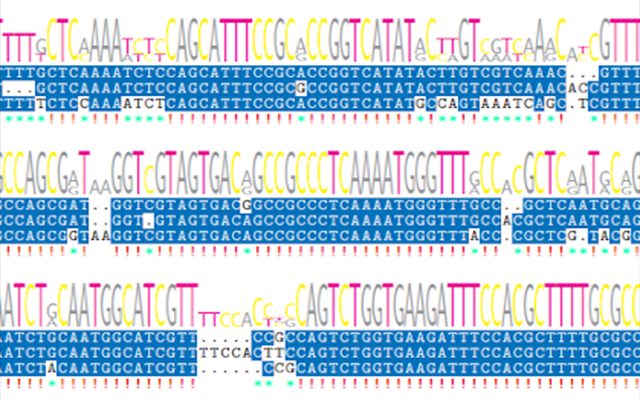
Oxford Nanopore Technologies (ONT) offers long read sequencing by nanopore sequencing. Long reads are well suited for genome reconstruction, still the workflow requires careful execution of different computational steps from basecalling to binning of final genome. Some steps of this workflow have a high influence on the size and quality of the final genome.
Plastisphere

Six different bacterial strains were isolated from plastic polluted landfill soil, taxonomically classified and their genomes sequenced and reconstructed. Functional Annotation allowed the discovery of specific genes involved in polyethylene degradation and the reconstruction of a potential polyethylene (PE) degradation pathway.

